How to Accessorize Without Overdoing It
The art of masculine accessorizing lies in the delicate balance between enhancement and excess, where the right pieces elevate your overall appearance while wrong choices can overwhelm even the most carefully planned outfit. Understanding this balance transforms accessories from afterthoughts into powerful tools that showcase personal style, attention to detail, and sophisticated taste. The key to successful accessorizing isn't about wearing as many pieces as possible, but rather selecting the right combination that complements your outfit without competing for attention or creating visual chaos.
The Foundation Rule of Three
Professional stylists often reference the "rule of three" when approaching masculine accessorizing, suggesting that three carefully chosen accessories typically provide optimal visual balance without creating overwhelming complexity. This guideline helps prevent the common mistake of adding too many elements to an outfit, which can shift focus away from the clothing itself and create a cluttered appearance that detracts from overall sophistication.
Consider a well-dressed professional wearing a quality suit from Wessi's collection: a classic watch, leather belt, and pocket square provide sufficient accent without overwhelming the ensemble's clean lines. Each piece serves both functional and aesthetic purposes while working harmoniously with the others to create a cohesive, polished appearance that speaks to refined taste and attention to detail.
Understanding Metal Coordination
One of the most fundamental aspects of successful accessorizing involves coordinating metal tones throughout your ensemble. Mixing metals carelessly creates visual discord that immediately signals poor attention to detail, while thoughtful metal coordination demonstrates sophisticated style awareness that elevates your entire appearance.
Choose either warm metals like gold and brass or cool metals like silver and platinum as your primary tone, then ensure all visible accessories follow this selection. Your watch, belt buckle, cufflinks, collar bar, and any jewelry should maintain consistent metal tones to create visual harmony. This doesn't mean everything must match exactly, but rather that the overall metal palette should feel intentional and coordinated.
Advanced accessorizers can successfully mix metals, but this requires understanding color theory and careful balance to avoid appearing haphazard. When in doubt, maintain consistency within your metal choices for foolproof coordination that always looks polished and intentional.
The Hierarchy of Essential Accessories
Not all accessories carry equal weight in terms of impact and importance, making it crucial to understand which pieces deserve priority in your daily accessorizing routine. A quality watch stands as the most important masculine accessory, serving both functional and aesthetic purposes while providing insight into your personality and priorities.
A well-fitted leather belt ranks second in importance, particularly when wearing tucked shirts or tailored trousers. The belt should coordinate with your shoes in both color and quality level, creating visual connection between upper and lower portions of your outfit. This coordination demonstrates attention to detail that separates well-dressed men from those who simply throw on clothes.
Quality leather shoes, while technically footwear rather than accessories, function as crucial elements in your overall accessorizing strategy. They ground your entire outfit and provide the foundation upon which all other elements build, making them worthy of significant investment and careful coordination with other leather accessories.
Mastering Subtle Statement Pieces
The most effective masculine accessories make subtle statements rather than loud proclamations, allowing your personal style to emerge gradually through thoughtful details rather than obvious displays. A quality pocket square adds sophisticated color and texture to blazer ensembles without overwhelming the overall look, provided it complements rather than matches your tie exactly.
Cufflinks offer opportunities for personal expression within professional contexts, particularly when wearing French cuff shirts that showcase these details prominently. Choose classic designs in quality metals rather than novelty pieces that may appear unprofessional or quickly become dated. Wessi's attention to construction details ensures their dress shirts accommodate cufflinks beautifully, creating opportunities for sophisticated accessorizing.
Collar accessories like bars or pins add refinement to dress shirt and tie combinations, but require careful application to avoid appearing overly formal or dated. These pieces work best in traditional business environments where such details are appreciated and understood.
Context-Appropriate Selection
Successful accessorizing requires understanding the context in which you'll be wearing your chosen pieces, as accessories appropriate for one setting may be entirely wrong for another. Business formal environments call for conservative, classic accessories that project professionalism and reliability, while creative or casual contexts allow for more personal expression and contemporary styling.
Consider your audience, industry norms, and specific occasion requirements when selecting accessories. Client meetings may call for more subdued choices, while networking events or social gatherings might allow for slightly more personality to show through your accessory selections. The key lies in reading the room and choosing pieces that enhance rather than distract from your professional or social objectives.
Quality Over Quantity Philosophy
Investing in fewer, higher-quality accessories proves more effective than accumulating numerous mediocre pieces that fail to enhance your appearance meaningfully. A single, well-made watch serves you better than multiple inexpensive timepieces that lack durability, style, or versatility. This quality-focused approach ensures your accessories maintain their appearance over time while providing the sophistication that marks truly well-dressed men.
Quality accessories also tend to be more versatile, working across multiple outfits and occasions rather than serving single-purpose roles that limit their utility. This versatility makes the higher initial investment worthwhile while simplifying your daily accessorizing decisions.
Common Overdoing Mistakes to Avoid
Several common mistakes immediately signal poor accessorizing judgment and can undermine otherwise well-planned outfits. Wearing too many rings, multiple necklaces, or excessive bracelets creates visual clutter that detracts from your clothing and suggests poor taste or insecurity about personal style.
Logo-heavy accessories that prominently display brand names often appear trying too hard and can make even expensive pieces look cheap or ostentatious. Subtle branding or no visible branding typically looks more sophisticated and timeless than obvious designer displays.
Conclusion
Mastering the art of accessorizing without overdoing it requires understanding balance, context, and quality principles that guide sophisticated masculine style. The goal is enhancement rather than distraction, creating cohesive looks that appear effortless while demonstrating refined taste and attention to detail. Success comes from selecting fewer, better pieces that work harmoniously together while respecting the context in which they'll be worn, ultimately creating a personal style signature that feels authentic and appropriately polished.


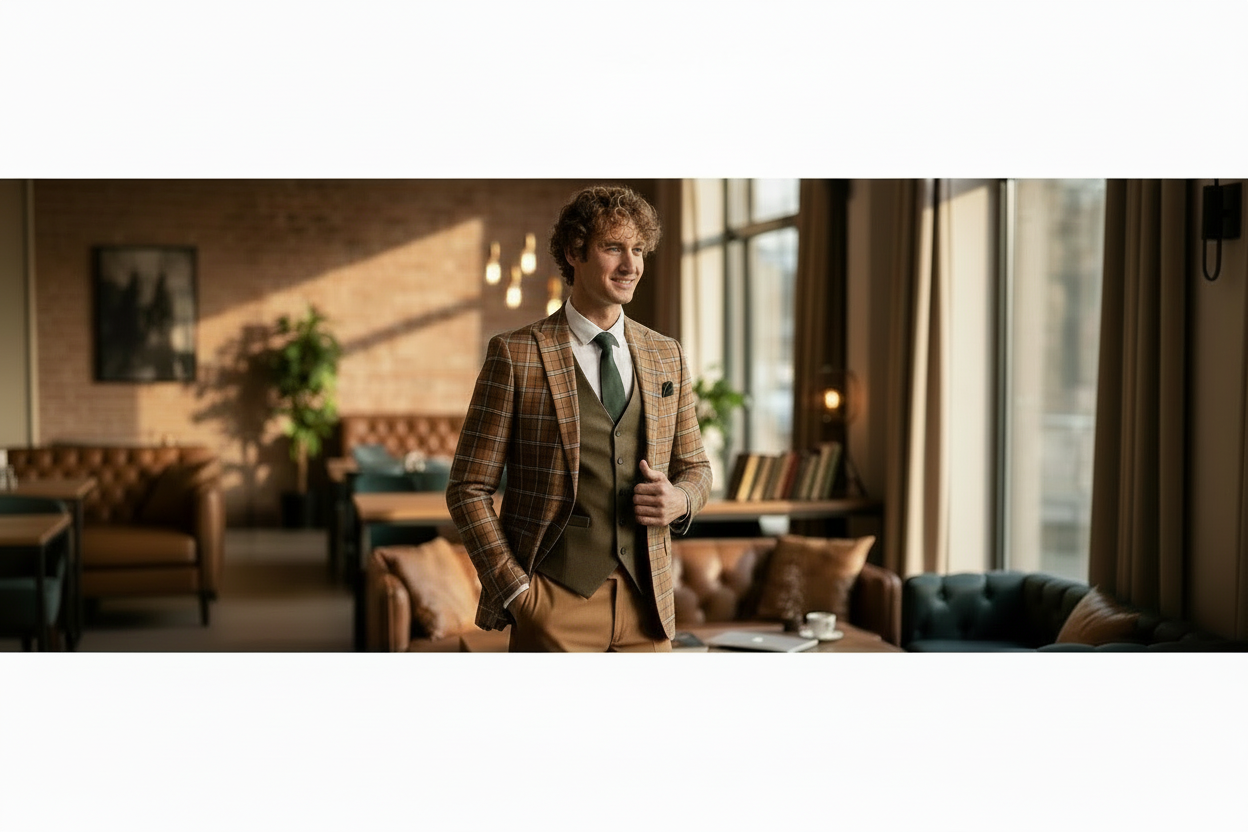
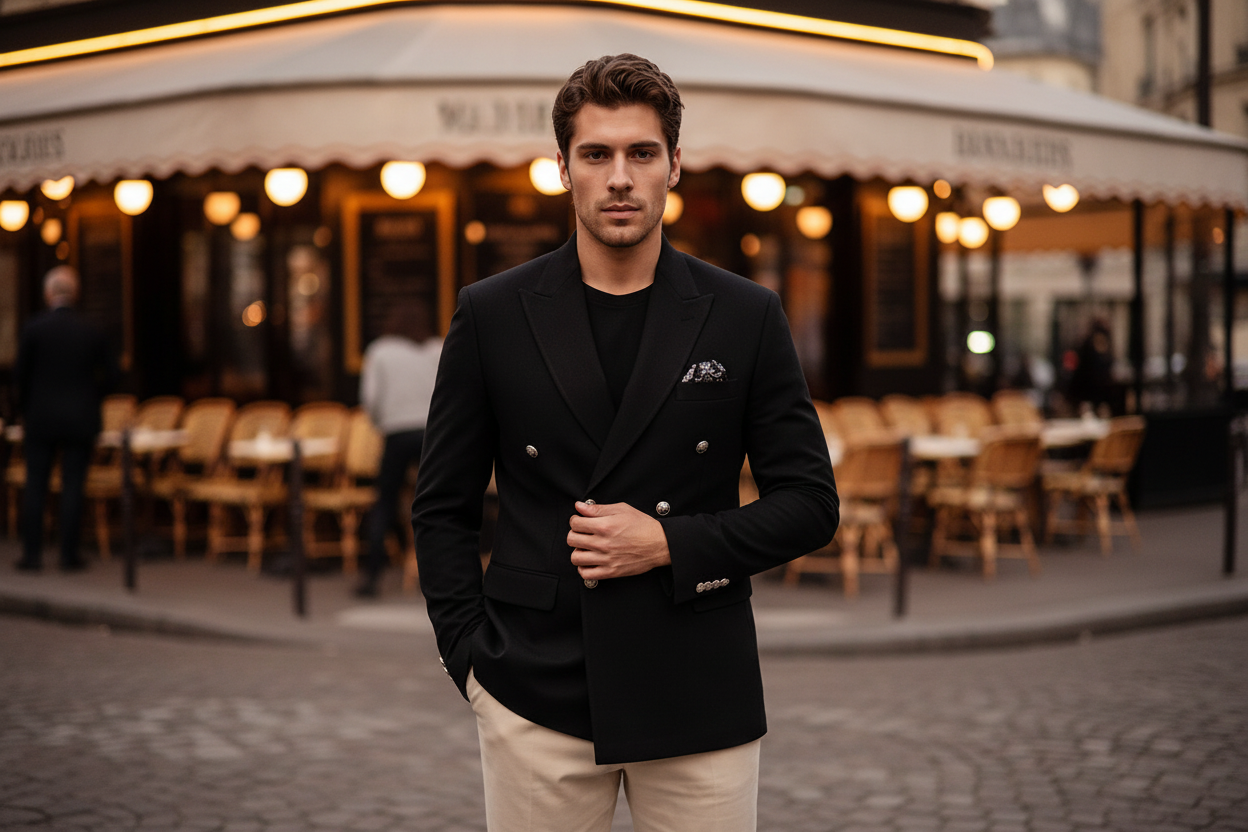
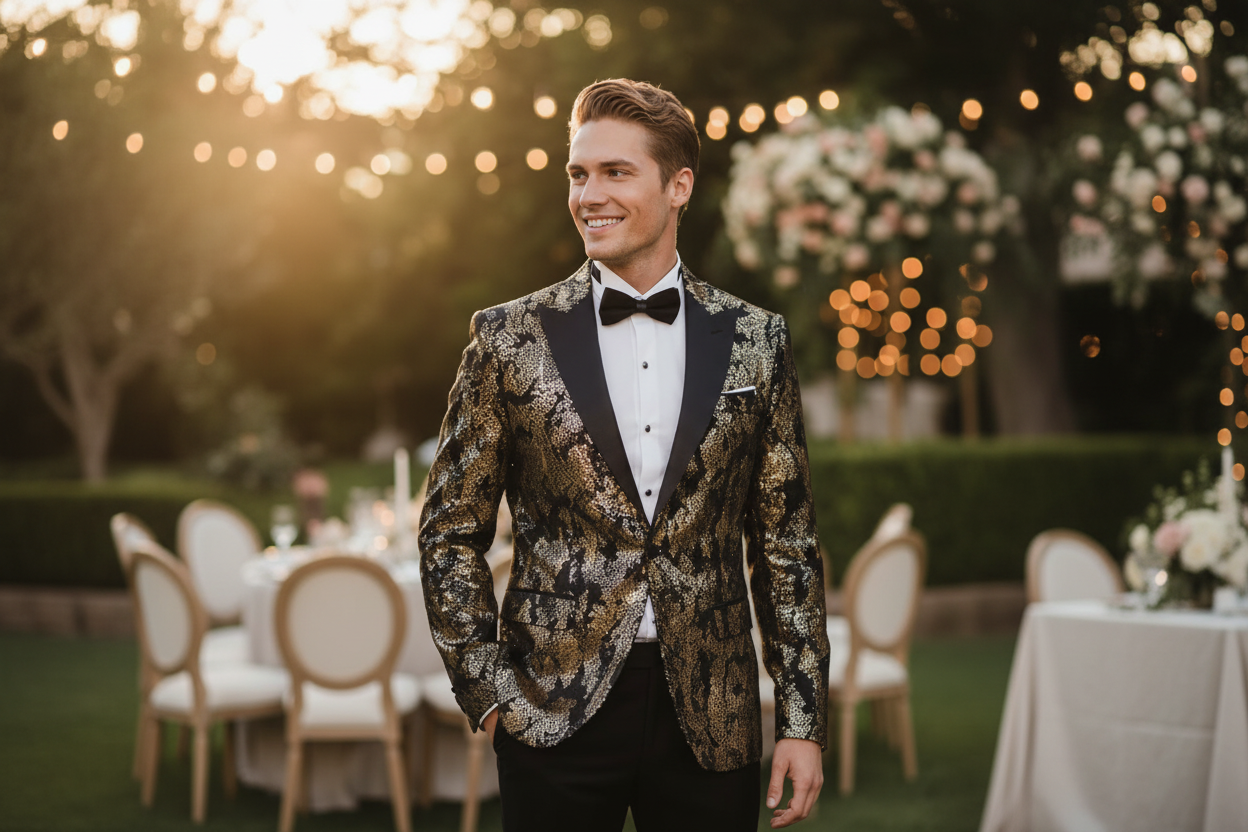
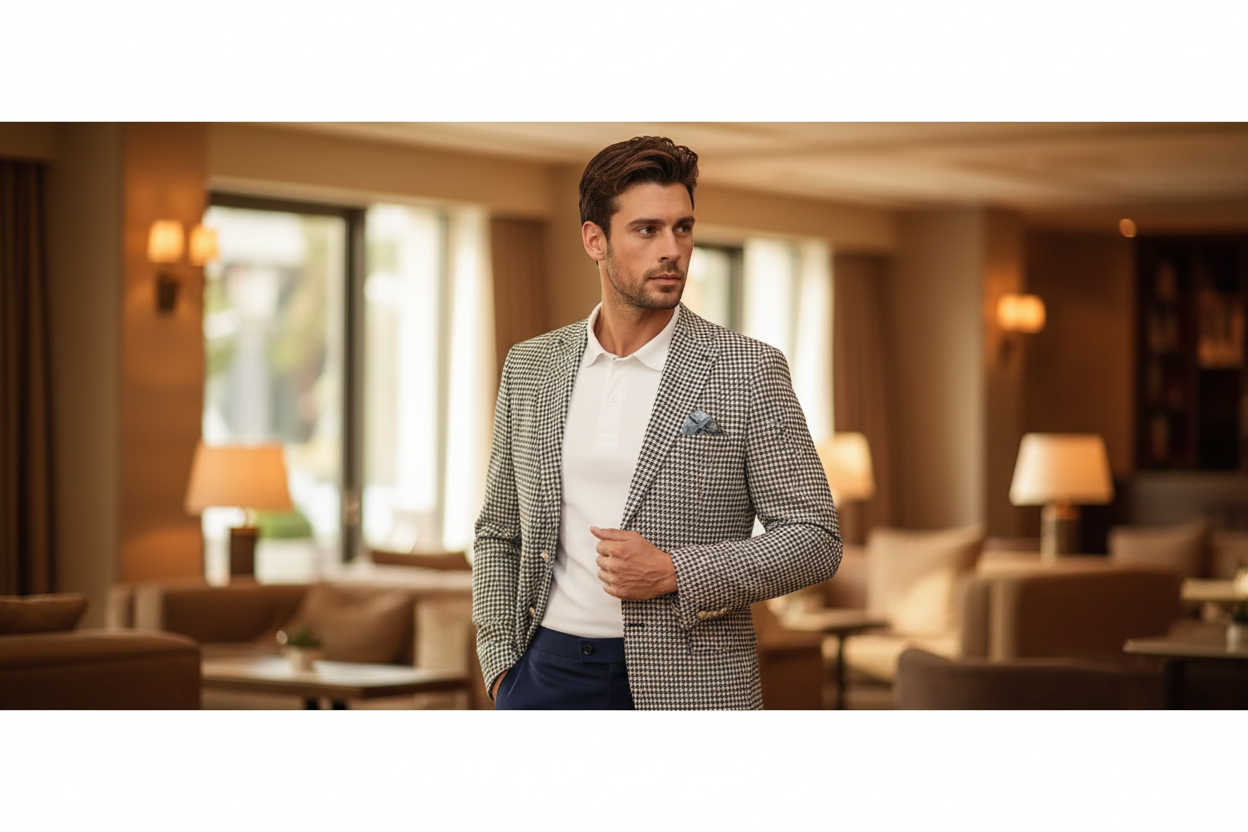
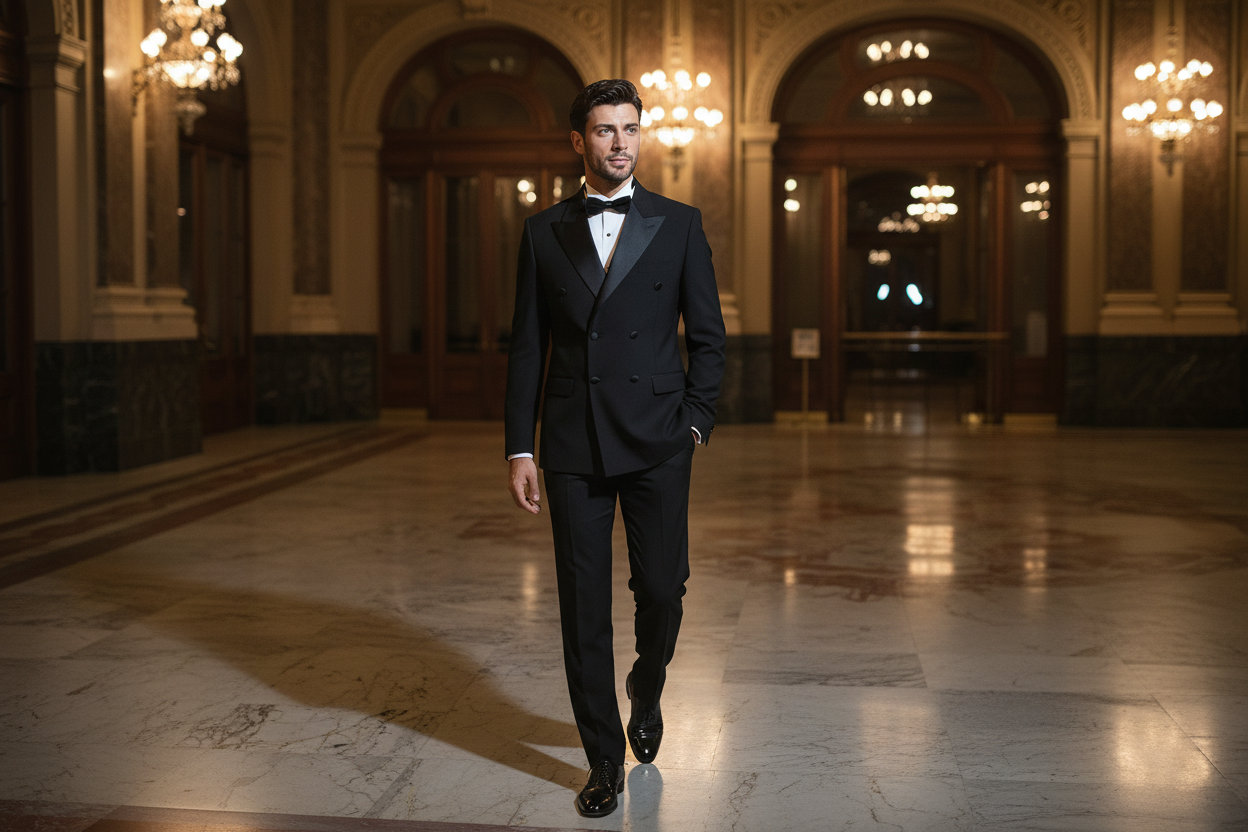

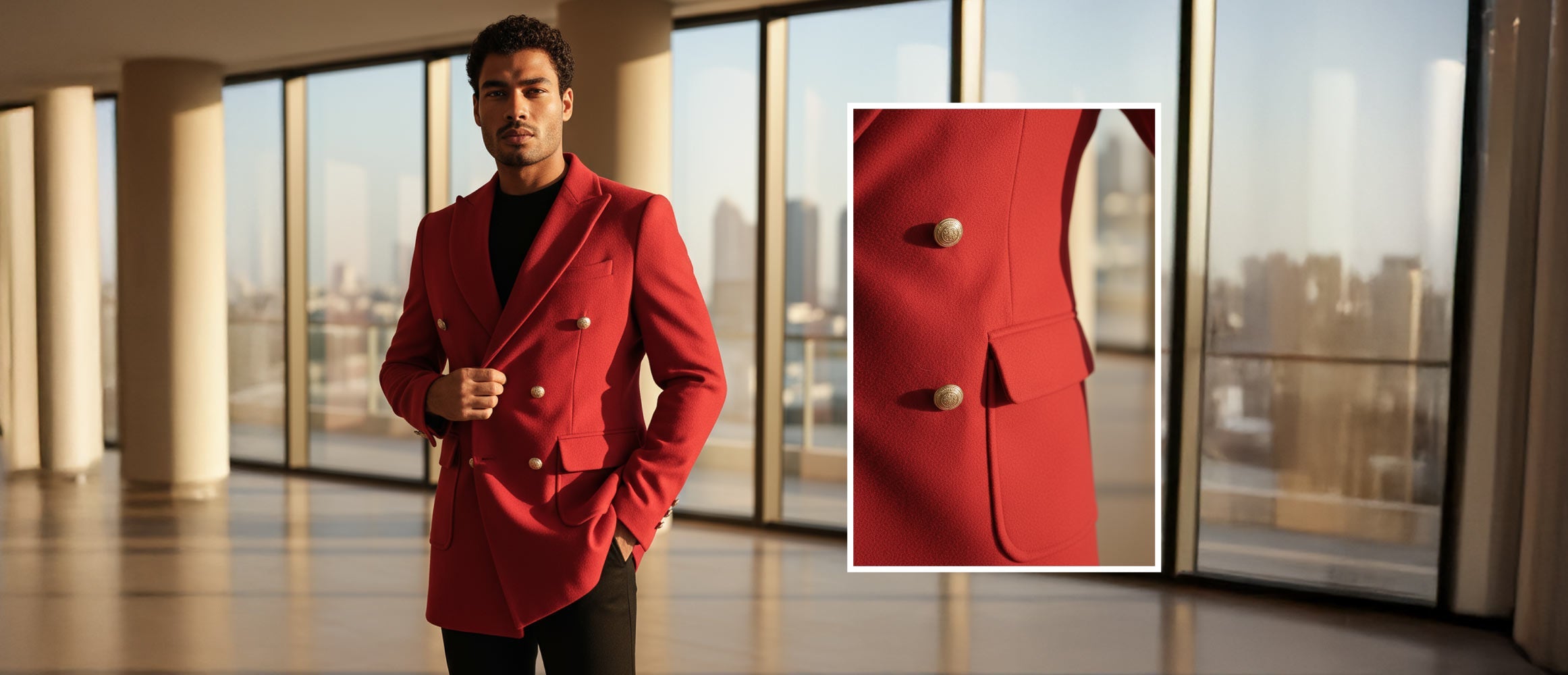








Laissez un commentaire